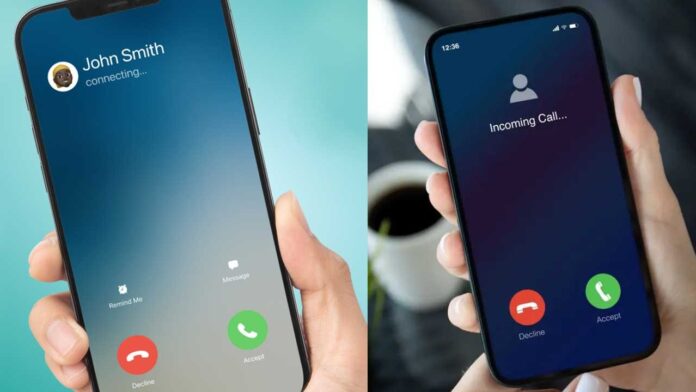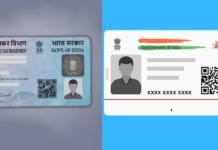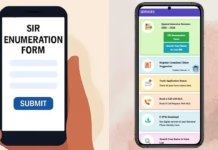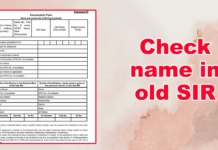There’s something oddly frustrating about needing to reach someone, hitting dial, and hearing the line is busy. Again. And again. Whether it’s a doctor’s office, a radio contest, or an emergency hotline, you end up staring at your phone in quiet defeat. But a little-known digital ally exists—one that redials for you tirelessly without the wear on your patience.
The Evolution of Communication
The days of rotary phones and knotted cords feel like a distant memory now. Yet in all this innovation, the problem of constant busy tones has never truly disappeared. Auto redial technology doesn’t try to reinvent the phone—it just takes an old frustration and solves it using present-day convenience and automation. It bridges the distance between urgency and availability.
What Makes It Tick
Auto Redial apps function through a simple principle—automated persistence. When a call doesn’t go through, the app kicks in and retries without your intervention. Unlike default phone behaviors that give up after one try, these apps turn persistence into an asset, especially when timing can mean everything.
Beyond the Basics
What sets these apps apart isn’t just the redialing. The more advanced options offer features like random call intervals, time limits, contact prioritization, and even “call until answered” modes. These functionalities empower users who need more than what a basic smartphone interface can deliver.
When It’s More Than Convenience
In scenarios like job interviews, school admissions, or governmental helpline access, missing a chance to get through can mean lost opportunities. For someone repeatedly hitting redial for hours, these apps are more than digital tools—they’re gatekeepers to crucial life moments.
Not Just for the Anxious
It’s easy to assume only overly eager users would need such apps. But Auto Redial proves useful for businesses making client follow-ups, journalists trying to reach officials, or even students trying to register for classes during high-demand slots. The need isn’t niche—it’s broad.
Platform-Ready Adaptation
Whether you’re on Android or iOS, there are Auto Redial apps designed to align with your phone’s ecosystem. While iOS imposes stricter limitations, Android users can enjoy a wider range of features. Most apps ensure they blend well with standard dialers and notifications, creating a seamless experience.
Privacy First
A common concern is how these apps handle call logs, contacts, and phone permissions. Quality Auto Redial apps emphasize privacy, ensuring data is neither collected nor stored. Always choosing apps that are upfront about their policies and permissions is key to safe usage.
Customization that Matters
These apps aren’t one-size-fits-all. You can define how many times to redial, how long to pause between attempts, and whether to end after a certain hour. These customization options turn what could be an annoyance into a controlled, flexible tool built around your schedule.
Avoiding Unwanted Loops
Advanced settings help prevent unintended behaviors—like calling a number repeatedly during off-hours. The best apps include features like redial blackout periods or detection of voicemail to avoid pointless loops. These smart filters ensure that automation doesn’t override good judgment.
Designed for Minimal Disruption
Despite being active in the background, Auto Redial apps are designed to be battery-efficient. They’re built to avoid draining system resources or interfering with other apps. Some even suspend automatically if battery saver mode is on, showing that they’re engineered with the user in mind.
Smart Integration Possibilities
Some newer Auto Redial apps are incorporating integrations with AI assistants or calendars. Imagine telling your assistant to call your doctor until they answer, and the redialing happens in sync with your schedule. We’re moving toward a future where these apps serve proactive roles in digital productivity.
Download App
Regulations and Ethical Use
Automated redialing might raise red flags in some areas—especially where robocalls and unsolicited communication are heavily penalized. It’s important to use Auto Redial apps ethically and legally. They’re tools for humans, not machines pretending to be humans.





